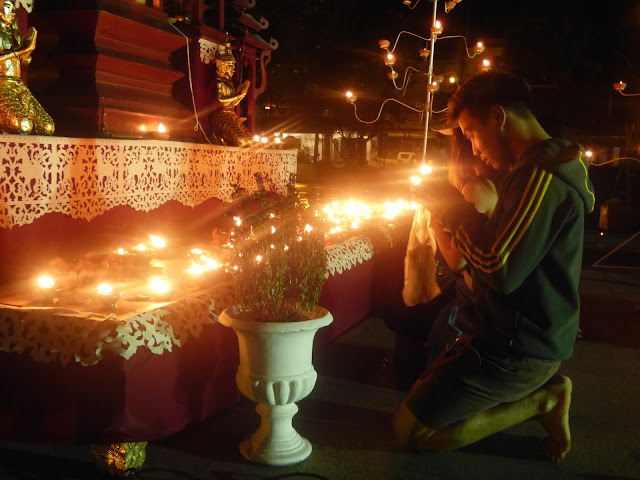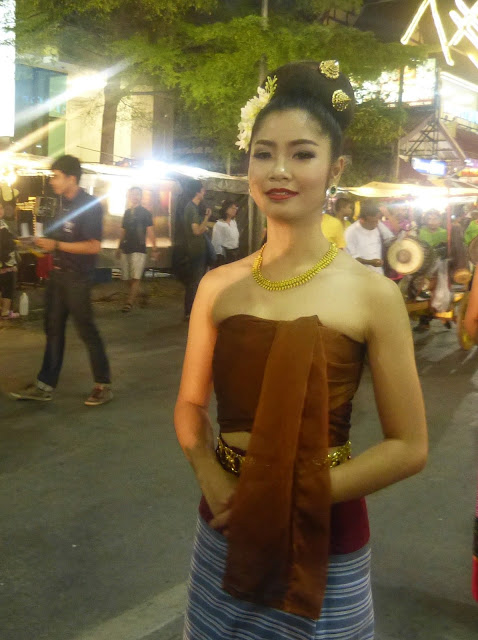Nobody will tell you that Belgrade is a must-see in the Balkans: Serbia is hardly in the Balkans route for backpackers, and Belgrade is too far away from the popular coast of Croatia, the charming Ottoman-influenced town of Mostar in Bosnia, or even the national parks of inland Croatia.
Yet for me Belgrade was one more tile - an important one - in the Balkan mosaic, a further step to get to know this region, with its complexities and idiosyncrasies. Belgrade seems to be somehow nostalgic of its socialist past, when it was the capital of a big country. I've seen a hotel called Yugoslavia, for instance, and I was surprised that they never changed its name. The buildings and statues are often austere, as if wanting to convey a sense of strength and power.
 |
| Republic Square, Belgrade |
I also perceived that Serbia displays a special connection with Russia and with other Eastern European countries, a lot more than other countries in the area. The Cyrillic alphabet, for a start, and then the common Orthodox religion helped convey that feeling. And then of course the Moskva Hotel, with its art nouveau façade, currently one of the most recognizable buildings in Belgrade. It was built in 1908 with a huge investment from Imperialist Russia, and it was nationalized during the Yugoslav era. There aren't that many showy buildings in Belgrade, and this is why the Moskva hotel sticks out.
 |
| The Moskva hotel |
As for enjoying life and going out, Belgrade has a reputation for excellent nightlife throughout the Balkans. Traditional kafanas and trendy clubs sit side by side. Skadarlija - and in particular the long cobbled-street called Skardarska - is considered the bohemian neighbourhood of Belgrade, a sort of Balkan-style Montmartre. Once a poor gypsy neighbourhood, at the end of the 19th century it became a meeting place for writers and artists. Nowadays, Skardarska is a very popular place to have dinner. Restaurants with checkered tablecloths abound and musicians play traditional Balkan tunes, while groups of Serbians and tourists alike have noisy dinners with grilled meat (pljeskavica, a beef patty, or ćevapčići, ground meat sticks) and lots of beer.
 |
| Dining in Skadarska |
In spite of its vitality, Belgrade bears the scars of a tragic recent history. In 1999, following reports of persecutions and mass killings of Albanians in Kosovo, NATO bombed Serbia without the approval of the UN Security Council. I remember this because Italy was one of the European countries that offered the military bases for the aircrafts. At the time it was portrayed by media as a " just war" and Serbia as an evil country, an image that seemed to be indissolubly linked with the country since the war with Bosnia a few years before. Nowadays few reminders of this dark period are left in the city, which comes out as peaceful, vibrant and in constant change, even though I must confess that it is gritty in some parts.
 |
| A street in central Belgrade |
Belgrade is not the kind of city that is overwhelming in terms of sightseeing, and unfortunately I found some of the museums closed. The National Museum has been closed for renovation for years, and the Museum of the History of Serbia does not have a permanent exhibition on Serbia! I did not have a chance to visit Tito's Mausoleum either, so I tried to understand Serbia and Belgrade on my own. The one place that you should visit in Belgrade, and which is always open, is Kalemegdan, a huge public park which includes a fortress, as well as statues, historical buildings, an open-air café and beautiful views from the fortified walls.
 |
| The café in Kalemegdan park |
Inside the Kalemegdan fortress, I really liked the Ružica Church, a small and enchanting Orthodox church covered by vines on the outside, and with a creepy crypt and a curious chandelier made of bullets on the inside. The atmosphere of a countryside Balkan church is hard to find anywhere else in Belgrade, so it was well worth a visit.
 |
| Celebrating a baptism at Ruzica church in Belgrade |
The Church of Saint Sava is maybe one of the few truly touristic places in Belgrade. It is one of the largest Orthodox churches in the world (some sources say it is the largest), and like the Sagrada Familia in Barcelona, it is still under construction. At the end of the 19th century, the city of Belgrade came with the idea of building a church in the place where in 1595 the Ottoman Grand Vizier burned the remains of Saint Sava in retaliation of a Serbian uprising against Ottoman rule.
 |
| The Church of Saint Sava |
Unfortunately, the works were interrupted every time there was a war in the area, and even though the church looks finished from outside, inside it is still empty and without a proper floor. There are beautiful fountains in front of the church, and the whole area is really peaceful and beautiful.


















































